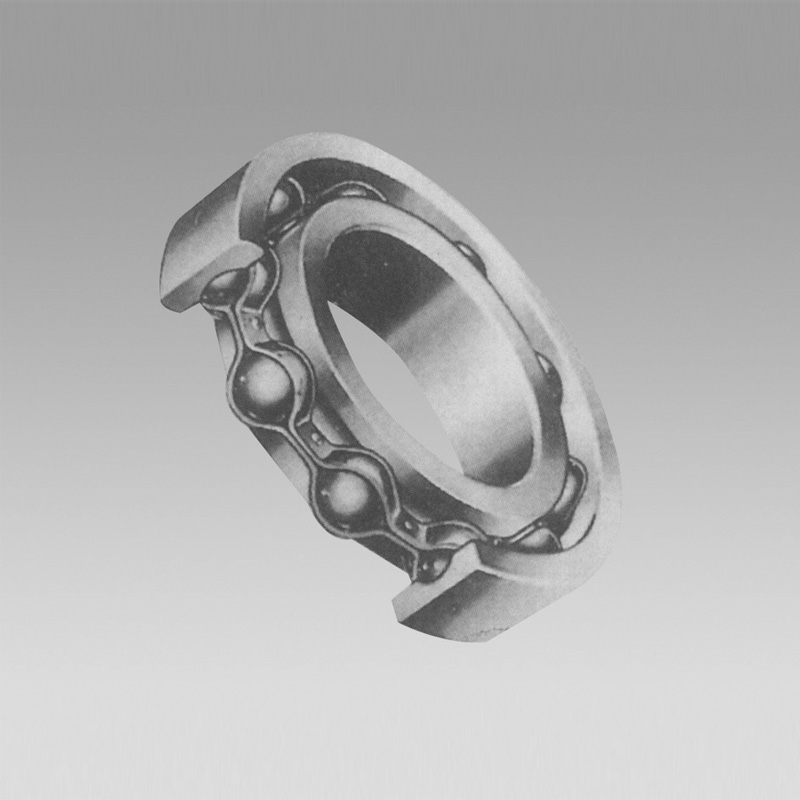
Nov . 12, 2024 20:57 Back to list
cylindrical roller bearing sizes
Understanding Cylindrical Roller Bearing Sizes
Cylindrical roller bearings (CRBs) are crucial components in various mechanical systems, allowing for efficient radial load handling while minimizing friction. As industrial applications continue to evolve, understanding the different sizes of cylindrical roller bearings becomes essential for selecting the right bearings for specific applications.
What Are Cylindrical Roller Bearings?
Cylindrical roller bearings consist of cylindrical rolling elements that are uniquely designed to accommodate radial loads. Unlike spherical roller bearings, which can handle both radial and axial loads due to their spherical design, cylindrical roller bearings primarily support radial loads. This makes them highly effective in applications where high speeds and heavy loads are present, such as in electric motors, gearboxes, and other machinery.
Key Dimensions and Size Designations
Cylindrical roller bearings are classified based on several key dimensions, including the bore diameter, outer diameter, and width. The bearing size is generally expressed using a standardized code that indicates these dimensions, making it easier for engineers and technicians to identify and source the correct bearings.
1. Bore Diameter (d) The bore diameter is the internal diameter of the bearing, designed to fit onto the shaft. Standard bore sizes range from a few millimeters to several centimeters, meaning a wide variety of shafts can accommodate cylindrical roller bearings.
2. Outer Diameter (D) The outer diameter is the external measurement of the bearing. This dimension is crucial for ensuring that the bearing fits inside the housing, and it often dictates the overall load-carrying capabilities of the bearing.
3. Width (B) The width of the bearing plays a significant role in its load capacity and rigidity. A greater width typically allows for higher load-carrying capabilities, which is beneficial in applications with substantial radial forces.
cylindrical roller bearing sizes

Types of Cylindrical Roller Bearings
Cylindrical roller bearings come in various configurations, each suited for different applications. The most common types include
- Single Row Cylindrical Roller Bearings These are the simplest form, suitable for applications requiring high radial load capacity and moderate speed.
- Double Row Cylindrical Roller Bearings Designed for applications needing higher load capacity than single-row options, double-row configurations provide additional stability and can handle axial loads in both directions.
- Caged Roller Bearings In these designs, a cage keeps the rollers evenly spaced, reducing friction and enhancing performance at higher speeds.
- Full Complement Cylindrical Roller Bearings Without a cage, these bearings accommodate the maximum number of rollers, providing high stiffness and load capacity, albeit with increased friction and lower speed capabilities.
Selecting the Right Bearing Size
When selecting cylindrical roller bearings, it’s essential to consider factors such as load requirements, speed, temperature, and lubrication. The bearings must be compatible not only with the mechanical component they are supporting but also with the operational environment. Using manufacturer catalogs and standardized codes can facilitate proper identification of the required bearing size.
Conclusion
Cylindrical roller bearings play a pivotal role in the efficiency and longevity of machinery across various industries. Understanding bearing sizes and configurations is crucial for engineers and maintenance professionals when selecting the appropriate bearings. The right selection maximizes performance, prolongs equipment life, and ultimately reduces operational costs. With the growing demands in modern applications, staying informed about the latest sizes and specifications of cylindrical roller bearings ensures optimal performance and reliability in mechanical systems.
Latest news
-
Premium Deep Groove Ball Bearings | High Speed & Reliability
NewsAug.29,2025
-
Durable Scaffolding Clamps - Secure & Reliable Tube Connectors
NewsAug.28,2025
-
Common Failures in Thrust Ball Bearings and Solutions
NewsAug.22,2025
-
How Tapered Roller Bearings Can Take Shock Loads
NewsAug.22,2025
-
Angular Bearings in High-Precision Spindles
NewsAug.22,2025
-
The Impact of Misalignment on Cylindrical Roller Bearing Performance
NewsAug.22,2025
